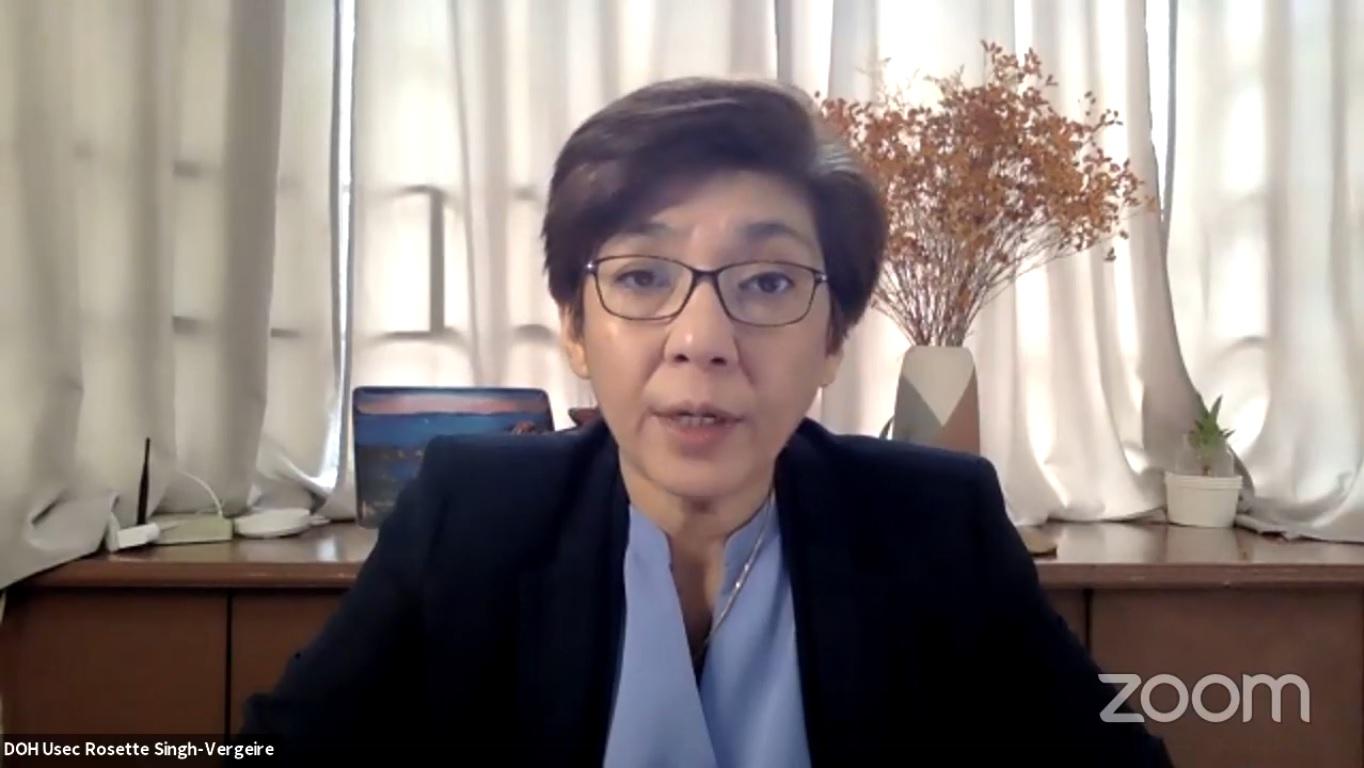DOH sees active COVID-19 cases in NCR to spike despite weeks of lockdown

Active COVID-19 cases in the National Capital Region (NCR) are projected to multiply by the thousands even with weeks of stricter community quarantines, a top official of the Department of Health (DOH) said Saturday.
Interviewed on state-run PTV’s Laging Handa briefing, Health Undersecretary Maria Rosario Vergeire said that the country is already seeing the impact of the highly contagious Delta coronavirus variant with the continued surge in new COVID-19 cases.
As of Friday afternoon, the Philippines recorded a total of 1,638,345 COVID-19 cases after 10,623 new infections were reported.
In NCR alone, 2,444 new cases were added, bringing the total active cases to 17,902 as of Friday, August 6. The tally in Metro Manila is now at 565,504, of which 539,222 have recovered and 8,380 have died.
Due to the threat of the Delta variant, the government reimposed an enhanced community quarantine (ECQ) in NCR from August 6 to 20.
“Kapag tayo ay nagpatupad ng mga (If we implement) higher community quarantine classification for these next four weeks, we will still reach around 18,000 active cases by the end of September,” she said.
“Kapag hindi natin ginawa ‘yan, magtutuloy tuloy lang ng GCQ with heightened restrictions ng apat na linggo (If we don’t do it, and just carry on with GCQ with heightened restrictions for four weeks), it would reach about 32,000 active case by the end of September,” she said.
With this, Vergeire said the DOH made several projections as to how many active cases will be in Metro Manila in relation to the varying durations and levels of community quarantine by the end of September.
- One week GCQ with heightened restrictions + five weeks ECQ = 15,000 active cases
- One week GCQ with heightened restrictions + three weeks ECQ + two weeks MECQ = 42,000 active cases
- One week GCQ with heightened restrictions + two weeks ECQ + three weeks MECQ = 58,000 active cases/
“Looking at our projections makikita natin na kahit tayo ay magsasagawa nitong paghihigpit ng ating mga (even if we further harden our) quarantine classifications, we will still see the rise in the number of cases,” Vergeire said.
“Pero ang pinakaimportante kung masasabayan natin nang pag-prepare ng ating sistema at saka pagbabakuna ng mas marami, ang hope namin wala masyadong severe infections, wala masyadong maoospital at wala pong masyadong mamatay,” she added.
(The important thing is if we couple these with better preparation of our health system and boosting of our vaccination drive, our hope is there will be less severe infections, less hospitalizations, and less number of deaths.)
Despite the threat of the Delta variant, the DOH cannot yet declare that there is a community transmission of the highly contagious coronavirus variant since genome-sequenced cases were still individually linked to one another, Vergeire said.
She, however, said health authorities are already acting “as if there is really community transmission.”
The DOH official said the DOH is now adding more beds in different facilities as well as intensive care units across the country.
Hospitals are also being decongested of asymptomatic and mild cases and redirecting them to “step-down” facilities.
“Nagpi-preposition na rin tayo ng mga kailangan gamit (We are prepositioning needed supplies), like oxygen, supplies, reagents, testing kits, at mga gamot sa ating mga ospital para makapaghanda sa tumataas na kaso (and medicines in our hospital in preparation for any spike in cases),” Vergeire said. -MDM, GMA News



